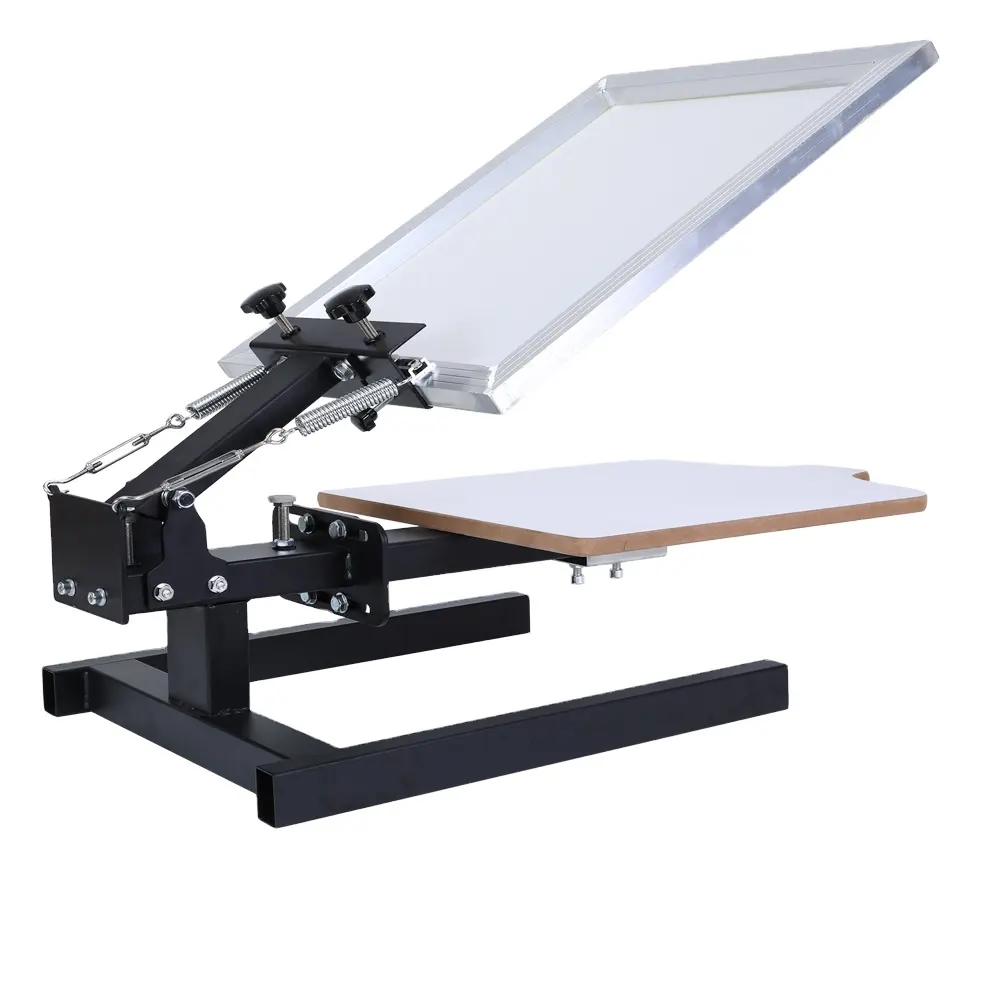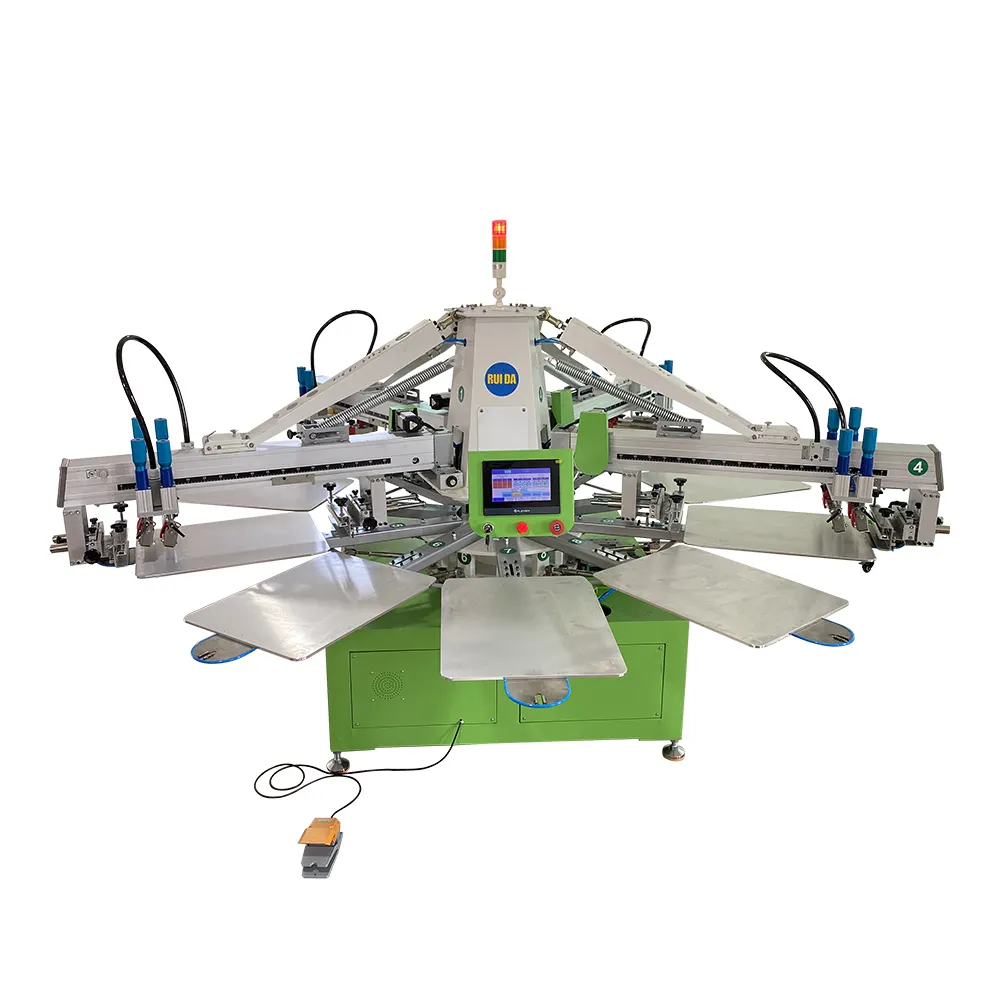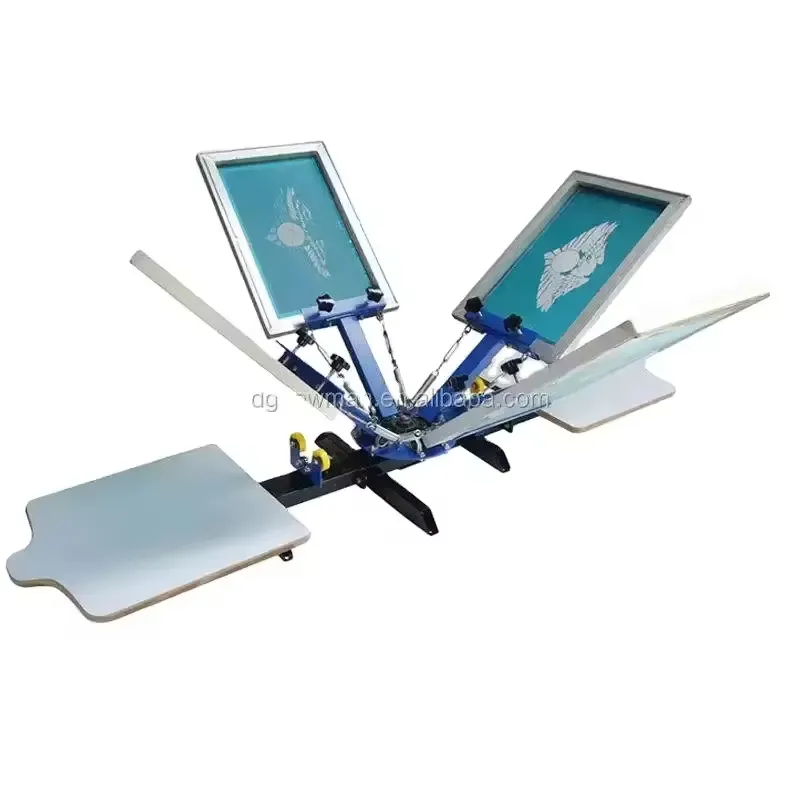screen printing uv exposure unit
A screen printing UV exposure unit is an essential piece of equipment in the screen printing industry, designed to create precise stencils through photographic emulsion exposure. This sophisticated device utilizes ultraviolet light to transfer artwork patterns onto emulsion-coated screens, enabling the production of detailed and accurate printing screens. The unit typically consists of a UV light source, vacuum system, and timing controls, all housed within a light-tight exposure chamber. The UV light source emits specific wavelengths optimal for curing photo-sensitive emulsions, while the vacuum system ensures perfect contact between the film positive and the screen during exposure. Modern units often feature digital control panels that allow precise timing adjustments and preset programs for different exposure requirements. These units are available in various sizes to accommodate different screen dimensions, from small tabletop models for hobbyists to large industrial units for commercial operations. The technology behind these units has evolved to include features like light integrators that compensate for bulb aging and intensity variations, ensuring consistent results over time. They play a crucial role in both traditional and advanced screen printing applications, from textile printing to electronic circuit board production.


